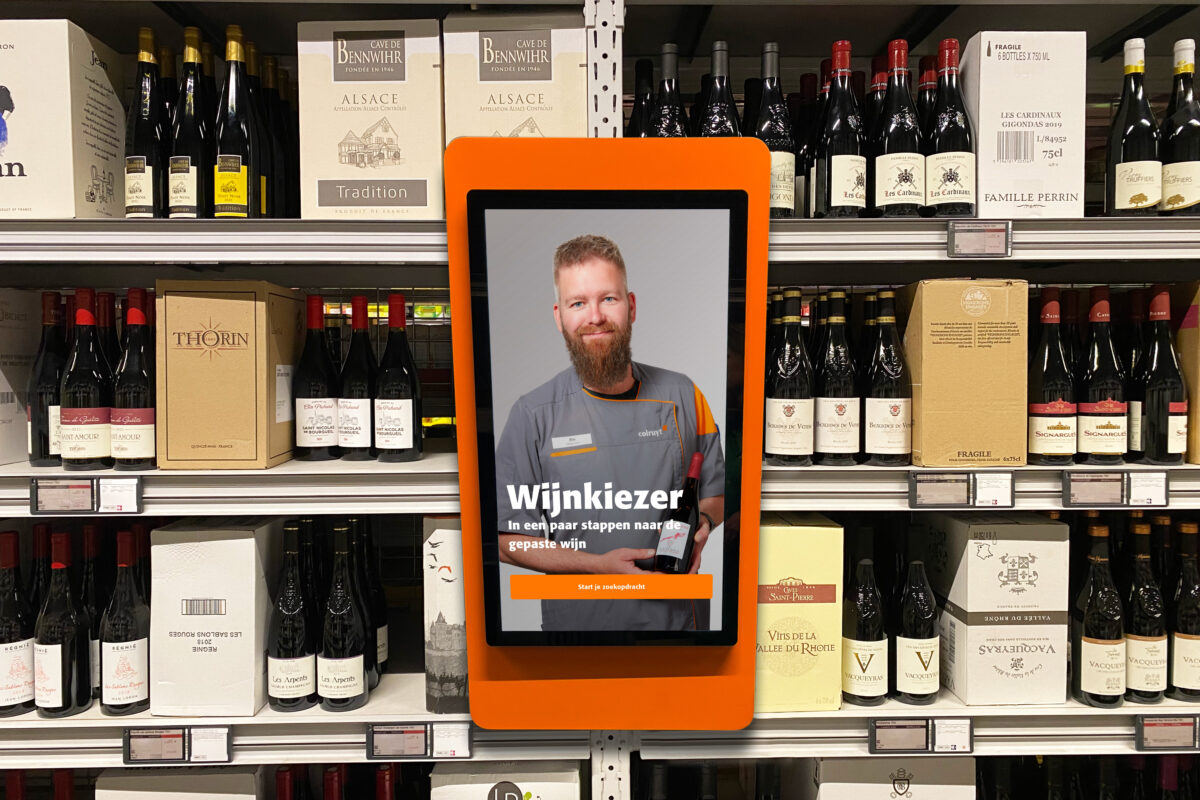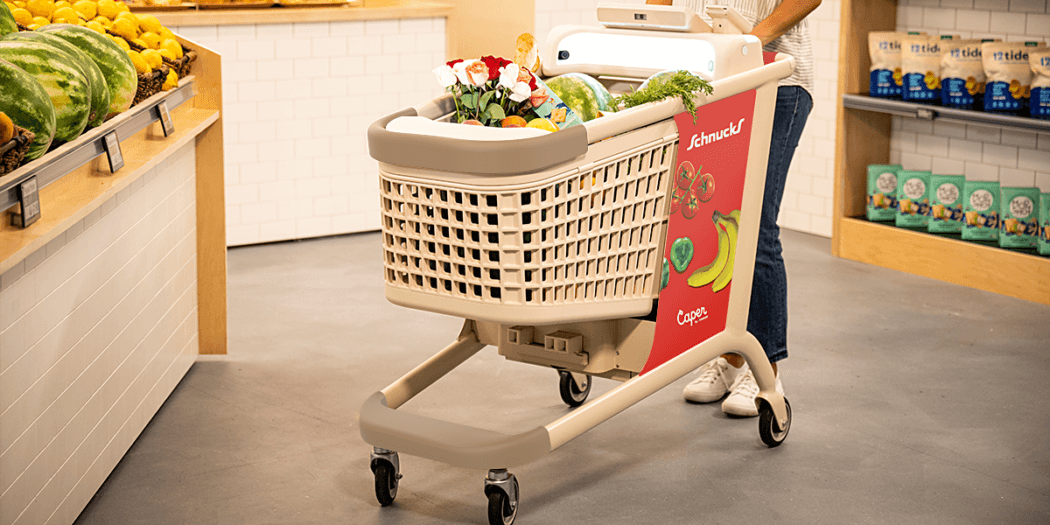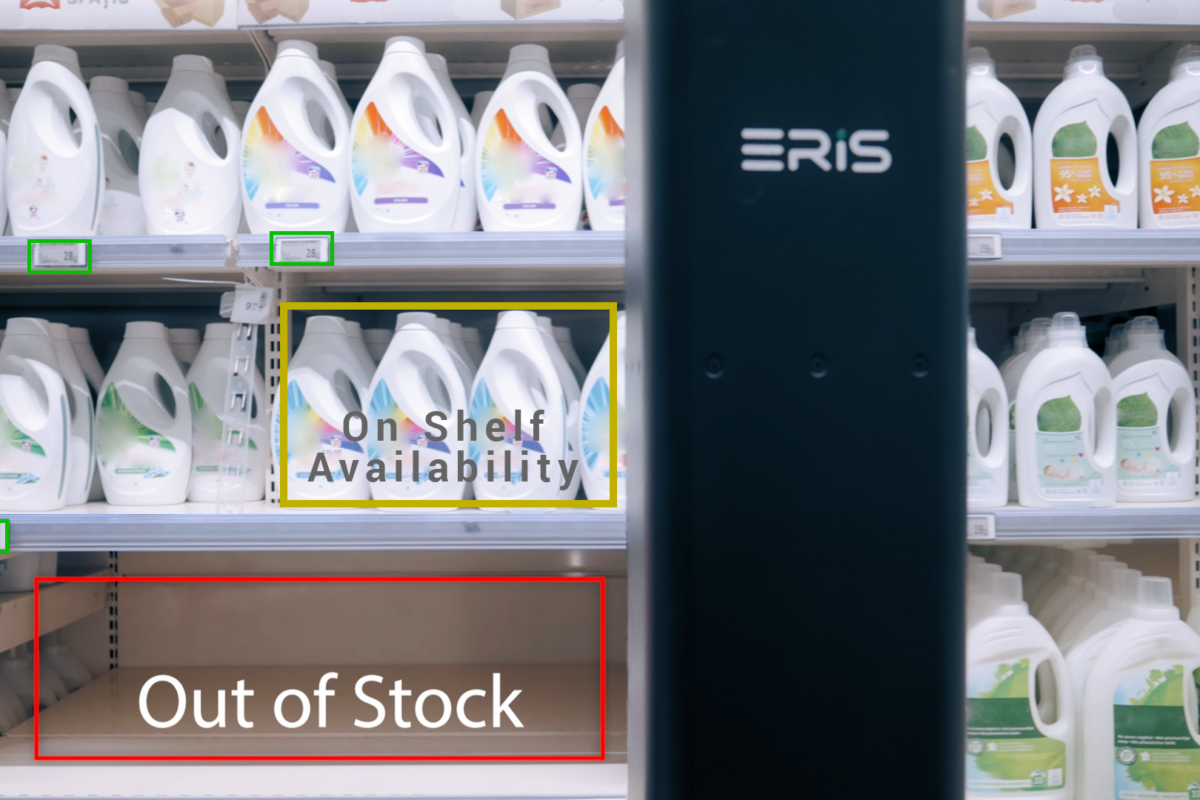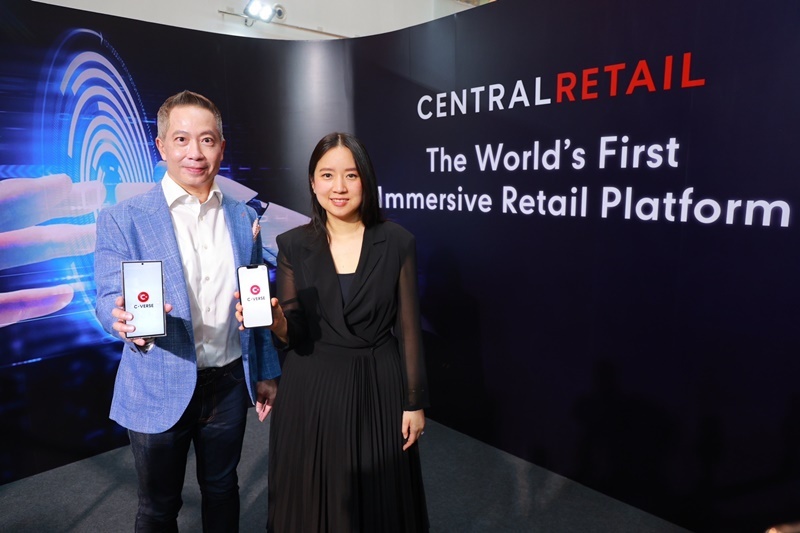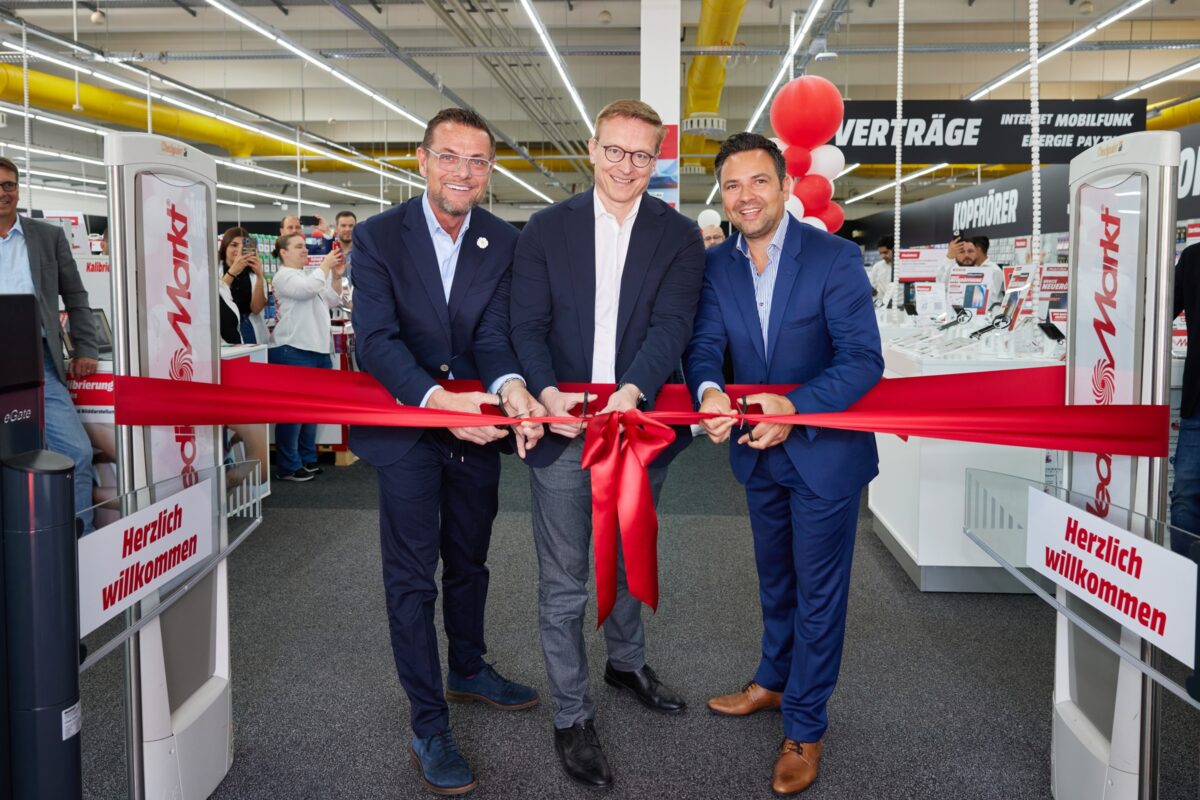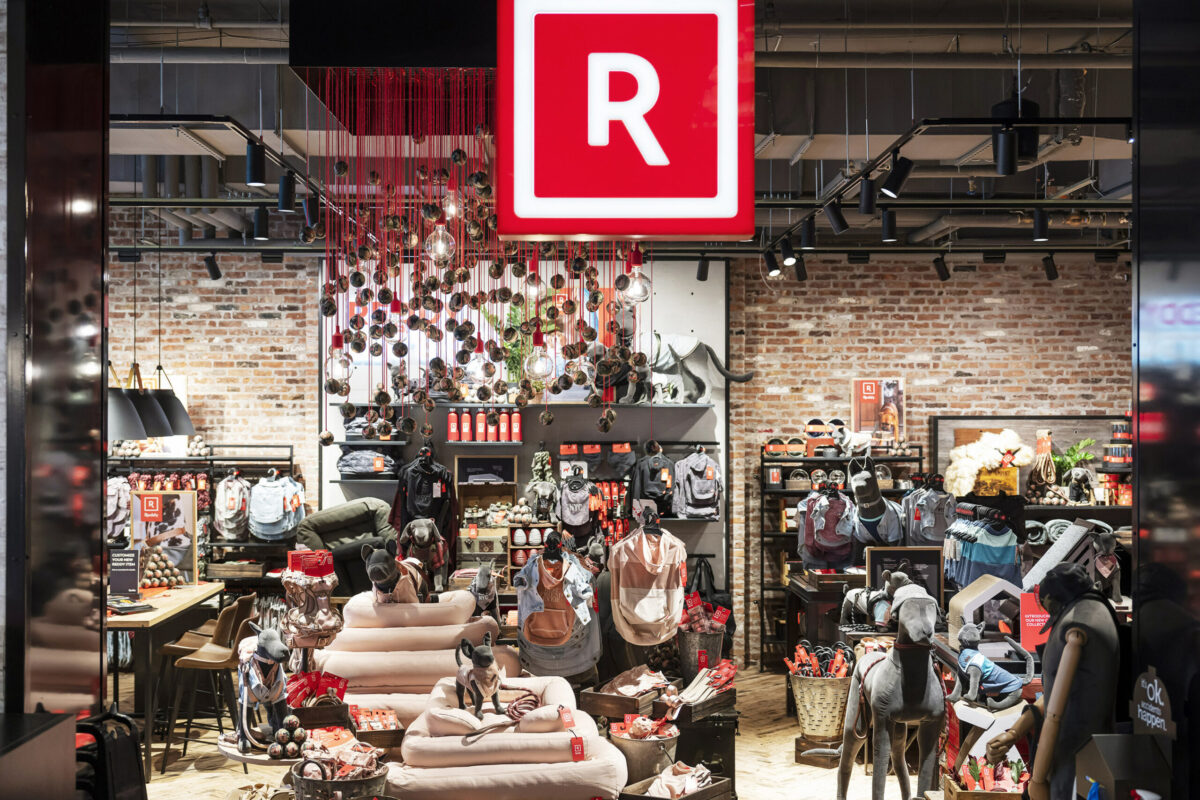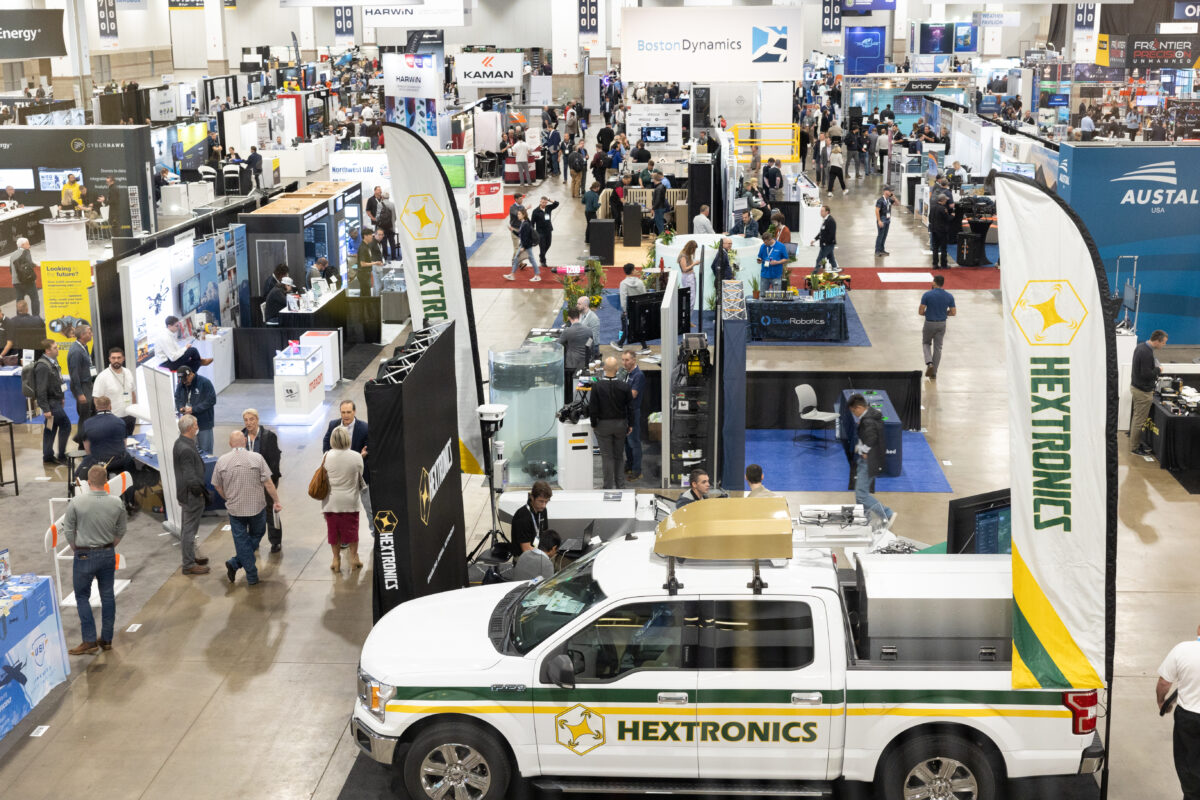Process reliability and a modern sales approach thanks to a ROQQIO technology upgrade
By Katja Laska (exklusivly for EuroCIS.mag)
Retail customers expect an immediate response to their questions when they visit a store. They want to get a quick answer on where they can find an item they want, for example. This is where automation and omnichannel services for retail store networks make a difference.
In this interview, Martin Spitzenberg, Omnichannel Consultant and Michael Urbanek, Senior Project Manager, both associates at ROQQIO, and Oliver Lübbenjans, Managing Director of fashion retailer SØR (Bonavest) from North Rhine-Westphalia explain how automation shapes store management thanks to real-time data and reveal the opportunities the new technology creates for SØR.
Mr. Spitzenberg, why is automation in retail becoming increasingly important?

Martin Spitzenberg ©Roqqio
Martin Spitzenberg: Automation has been on the retail agenda for a long time. By now, even mid-sized retailers can afford to invest in powerful technology.
Omnichannel focus has made background processes far more complex. While it’s not the end of the world if an inventory transfer doesn’t run as smoothly, it’s a different story when a customer arrives at the store to pick up his/her order and it’s not there. Process reliability and professionalism are paramount in meeting customer expectations.
Intelligent systems support retail employees and help ensure process reliability. Retailers may be able to manage with fewer in-store associates depending on the level of automation they are willing to introduce into their business model.
How do changes in consumer behavior and new customer expectations affect this setting?
Spitzenberg: Customers usually visit multiple online channels and know exactly what they want to buy. It’s a big advantage if the retailer does not have the desired item available in-store but knows how and where to get it for the customer. Without technical support, store employees would have to physically check whether the item is available in-store, call another store location or the main office, or even check the manufacturer’s website. A POS system – or preferably an app – with live data and access to updated stock availability across all store locations, is an important first step in the right direction.
What prompted SØR to collaborate with ROQQIO? Did the company face any store management challenges?
Oliver Lübbenjans, SØR: The subsidiary company of the new owner Bonavest, van Laack, already uses the ROQQUIO software. The now bankrupt SØR Rusche GmbH likewise applied an older version of ROQQIO. The solution was the best choice since the transition to a new software generation was meant to happen quickly and ROQQIO systems are designed to support an omnichannel marketing strategy. We want to take a more modern sales approach at the point of sale, which includes omnichannel services such as Click & Collect or Click & Reserve.

Michael Urbanek ©Roqqio
Why did you team up with SØR to implement the technology?
Michael Urbanek: After Bonavest took over the defunct SØR Rusche GmbH, it wanted to start with new inventory and point-of-sale systems as quickly as possible. We successfully implemented the go live phase of the project within a month, focusing on the prioritized core processes. What benefitted us was the need to replace our proprietary old, outdated software version. Inventory management has multiple interfaces we use to export and import data models. This enables us to transfer product information, supplier master data, and customer transaction data from the old to the new system. Data maintained over an extended period of time is fully preserved.
What opportunities does the new technology afford SØR and how does it work?
Urbanek: Inventory levels are now visible in real-time across all stores and systems, giving us a competitive technological advantage. All data input and output operations at the POS are now tracked in real-time in the inventory management system. This supports a more accurate database for omnichannel retailing.
The technology is based on real-time analytics of sales and transaction data including stock transfers. The advantage is that online store inventory is transmitted in short one-minute intervals, allowing ecommerce services to have optimal access to in-store inventory levels. The technology uses the following two-bin system:
If an order is not available in the central warehouse, the online store accesses the real-time inventory of brick-and-mortar stores to fulfill customer orders reliably.
How do employees notice this progress in their daily tasks?

Oliver Lübbenjans ©Bonavest
Lübbenjans, SØR: It’s easier to source products if stores are in close proximity to each other. Purchase history data can make it simpler to serve customers: if they have questions or if you want to alert them to newly arrived items that complement products from past purchases. An automated replenishment system also helps by managing the required reorder levels of ‘never out of stock’ items.
Urbanek: ROQQIO systems will automatically reorder from specified suppliers if stocks fall below the minimum level. That means employees don’t have to check daily whether certain products should be reordered for the store. Merchandise managers enter the required parameters in advance, and the system automatically reorders if stocks fall below a specified level.
How do all these processes promote customer journey optimization?
Spitzenberg: The next step would be to link online and offline processes in the store. Mobile devices are the preferred tools in this setting, allowing direct customer service. Think ‘endless aisle’ approach. Customers have seen information online, visit a physical store to get the specific item but it is only available in a different size and color. Thanks to digital endless aisles, customers also expect the retailer’s online assortment to be accessible in-store and have the desired items either shipped to the store or their home.
Can we get a tip from the expert? What should other retailers keep in mind when they consider automating their stores?
Spitzenberg: Omnichannel is a consumer-focused approach retailers should pursue consistently until there is no longer any separation between the channels. It is also paramount to get every employee on board with your company goals and help them learn and embrace the new technology. When shoppers visit the store after a successful customer journey, it’s up to the sales team to cross-sell and suggest complementary products to boost revenues and sales.






